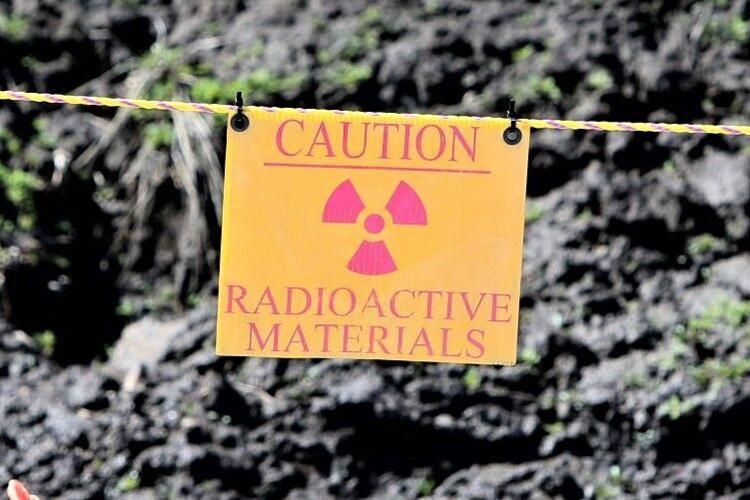03/07/2024 Stati Uniti (United States-USA), Missouri (MO), St Louis County
“If you ever come across anything suspicious like this item, please do not pick it up, contact your local law and/or enforcement agency for assistance”
By NIKKI MAIN SCIENCE REPORTER FOR DAILYMAIL.COM
A county in Missouri has been deemed a ‘cancer cluster’ due to World War II-era radium used in America’s atomic bomb efforts littering the region. For decades, residents of St Louis County have raised concerns about a spike in cancer diagnosis – and specifically those living just outside the West Lake Landfill. The landfill has held thousands of tons of radioactive waste and contaminated soil since 1973 when drums containing the chemicals were illegally dumbed by a contractor for the Cotter Corporation. The state launched a cleanup for the site this year, revealing Monday that discovered the toxins have contaminated nearby groundwater in Bridgeton that sits northwest of the St Louise Lambert International Airport. The Environmental Protection Agency (EPA) found levels exceed limits for drinking water and plans to investigate whether it’s leaked into nearby wells or it the toxins could reach the Missouri River. The hazardous chemicals filter into the soil through precipitation or surface run-off and moves into groundwater systems. In the case of radium, a naturally occurring radioactive metal, this chemical has been linked to the increase of lung and bone cancer – two types that have seen a spike in the region.
For more information visit denix.osd.mil/uxo
If you find anything that appears to be an explosive device, do not touch it, leave it where it is and call the police. We will contact the appropriate agencies to properly dispose of the item.
Dear editors, Biography of a bomb is aimed at highlighting the danger caused by unexploded bombs. Moreover, the most important aspect is that we work completely non profit, what drives us is raising awerness about this topic. We make use of your pictures and articles, but we need them to put a context in how findings are done. We trust in your understanding. We will (and we always do) cite the source and the author. We thank you for your comprehension





